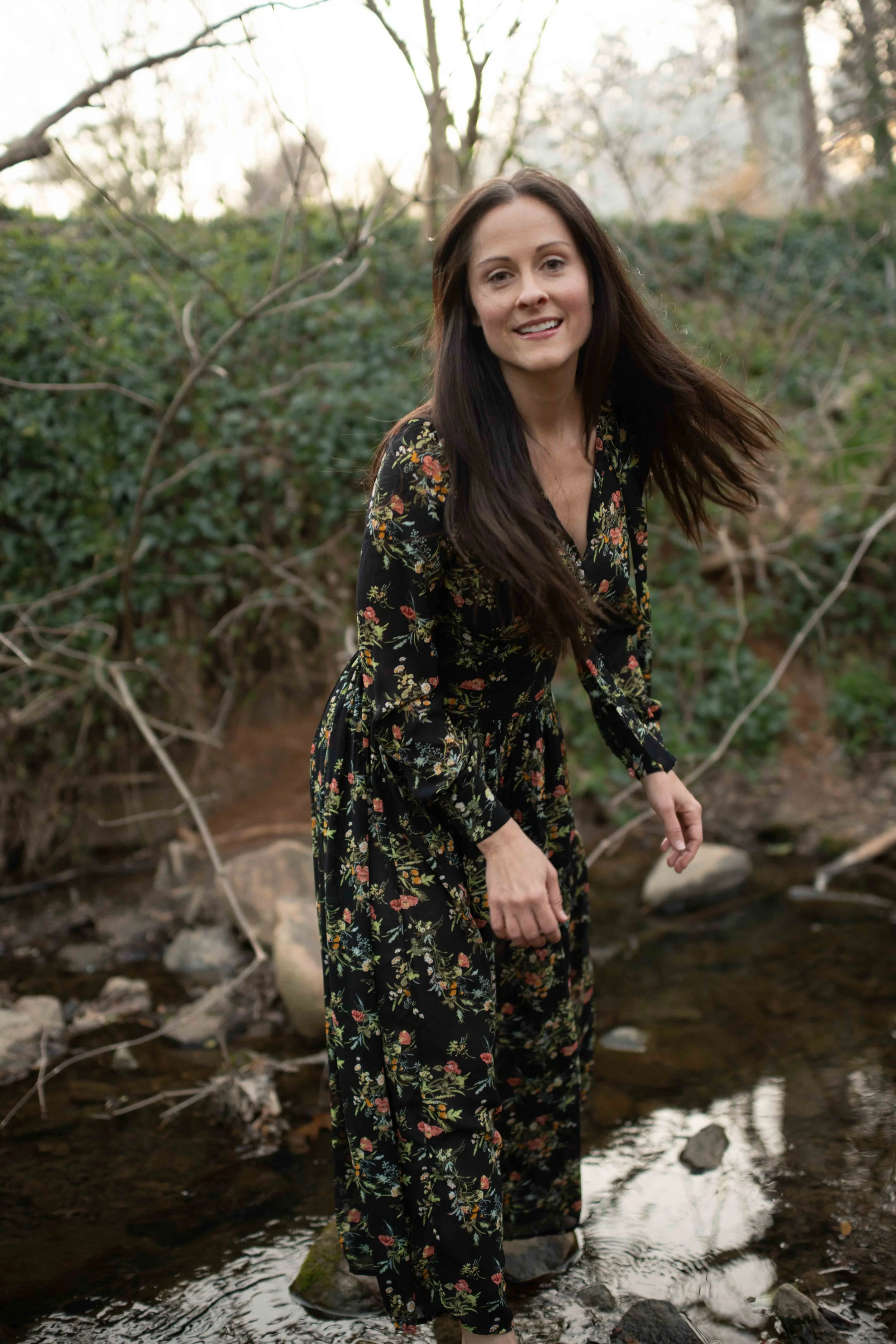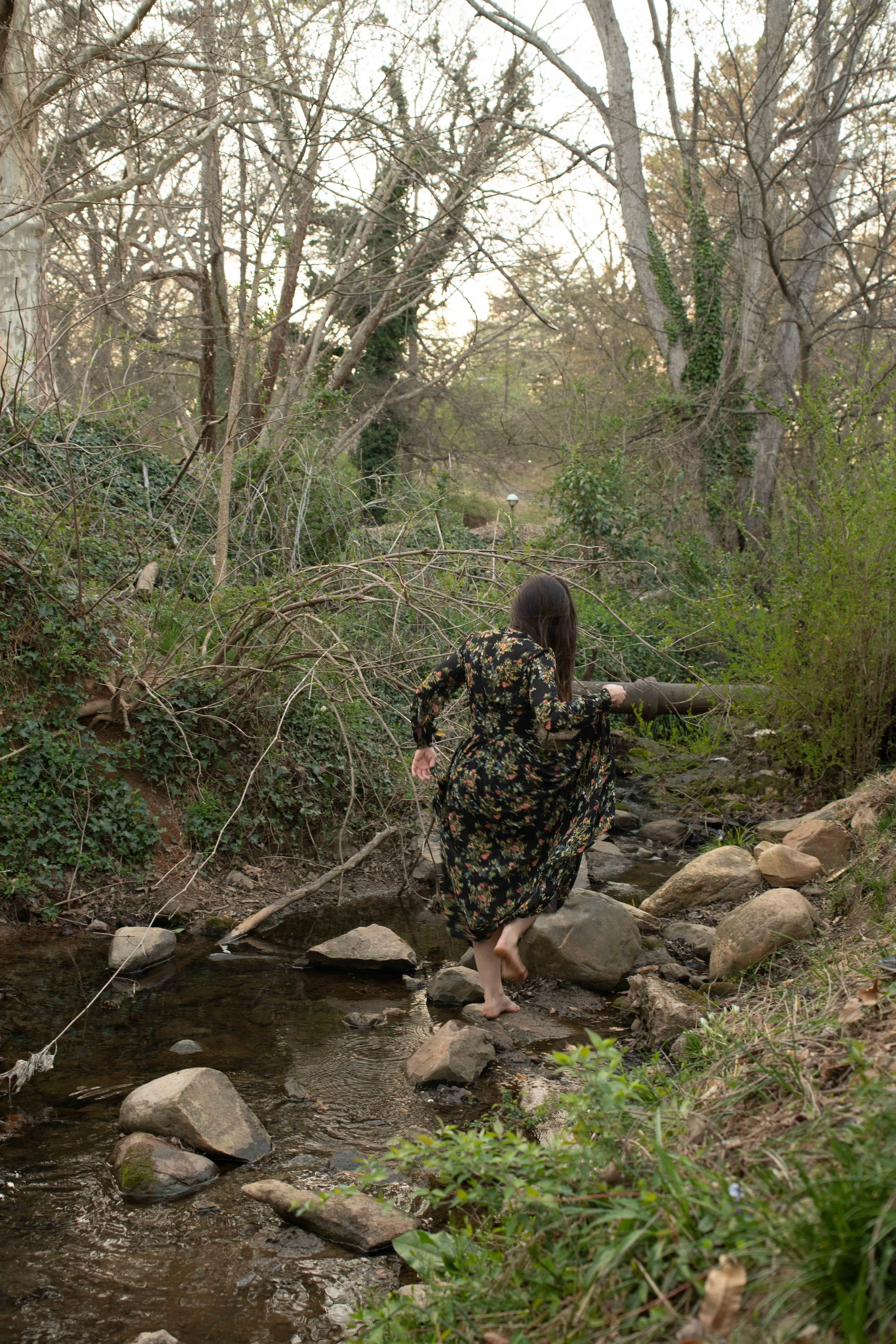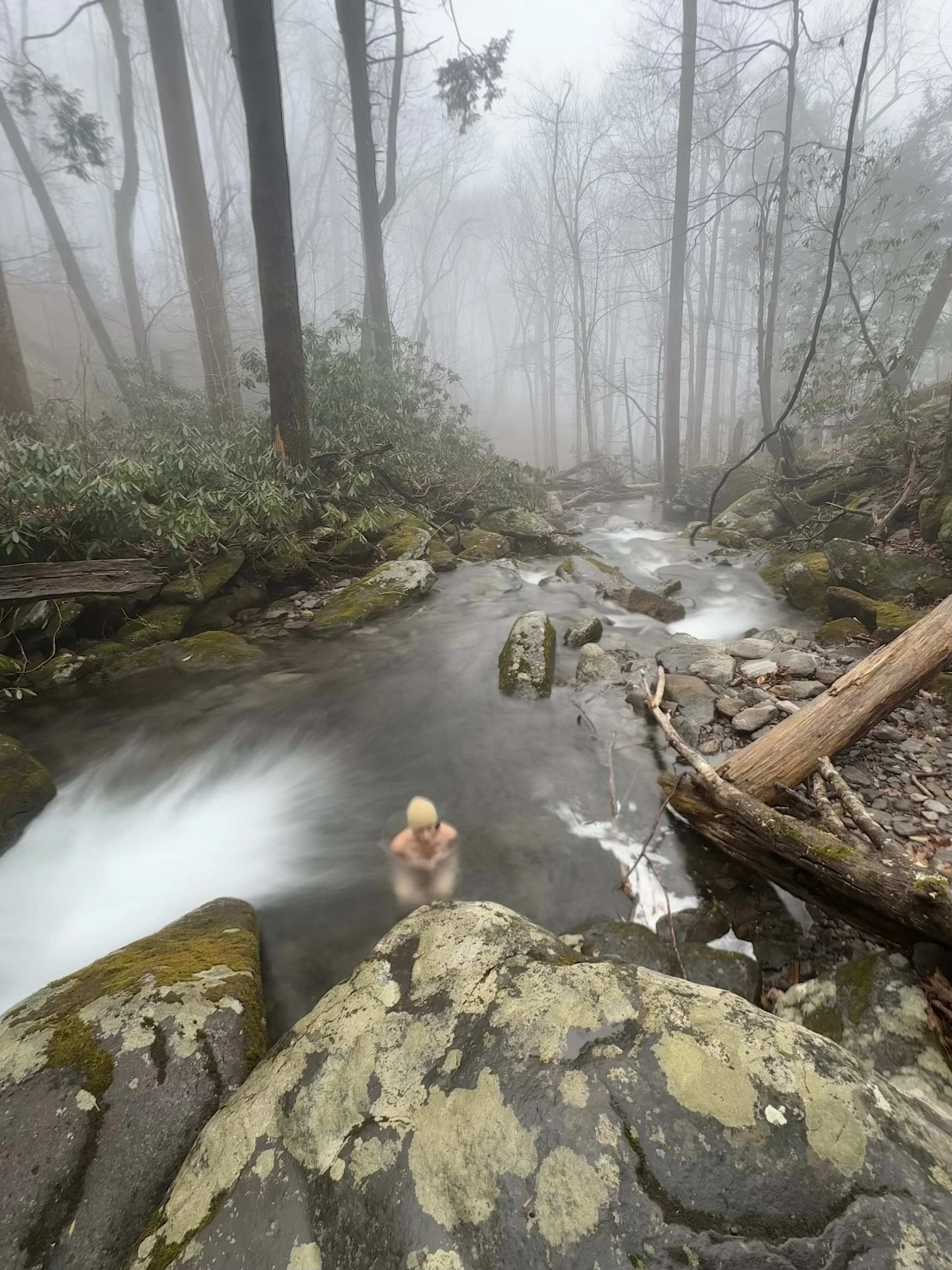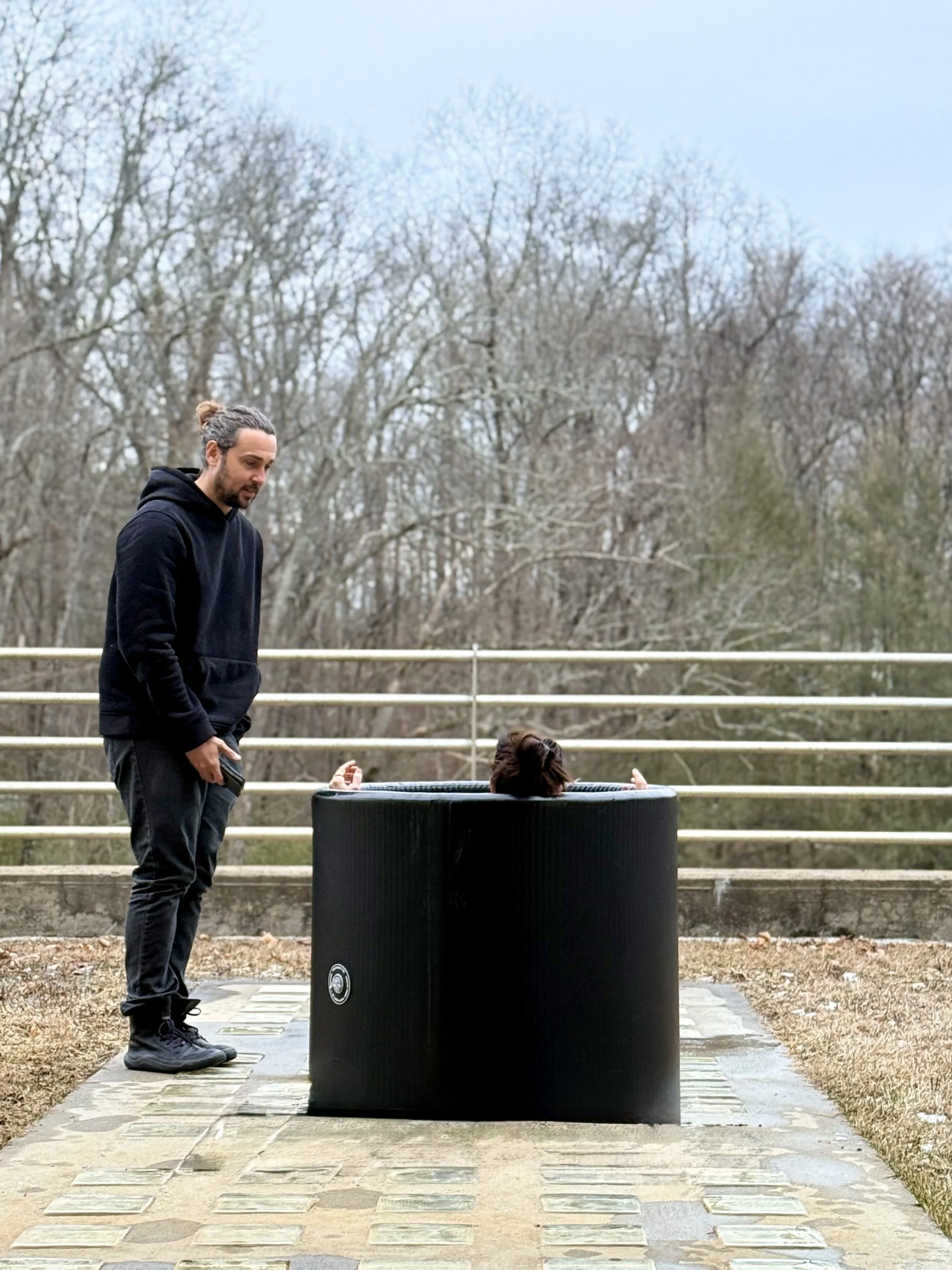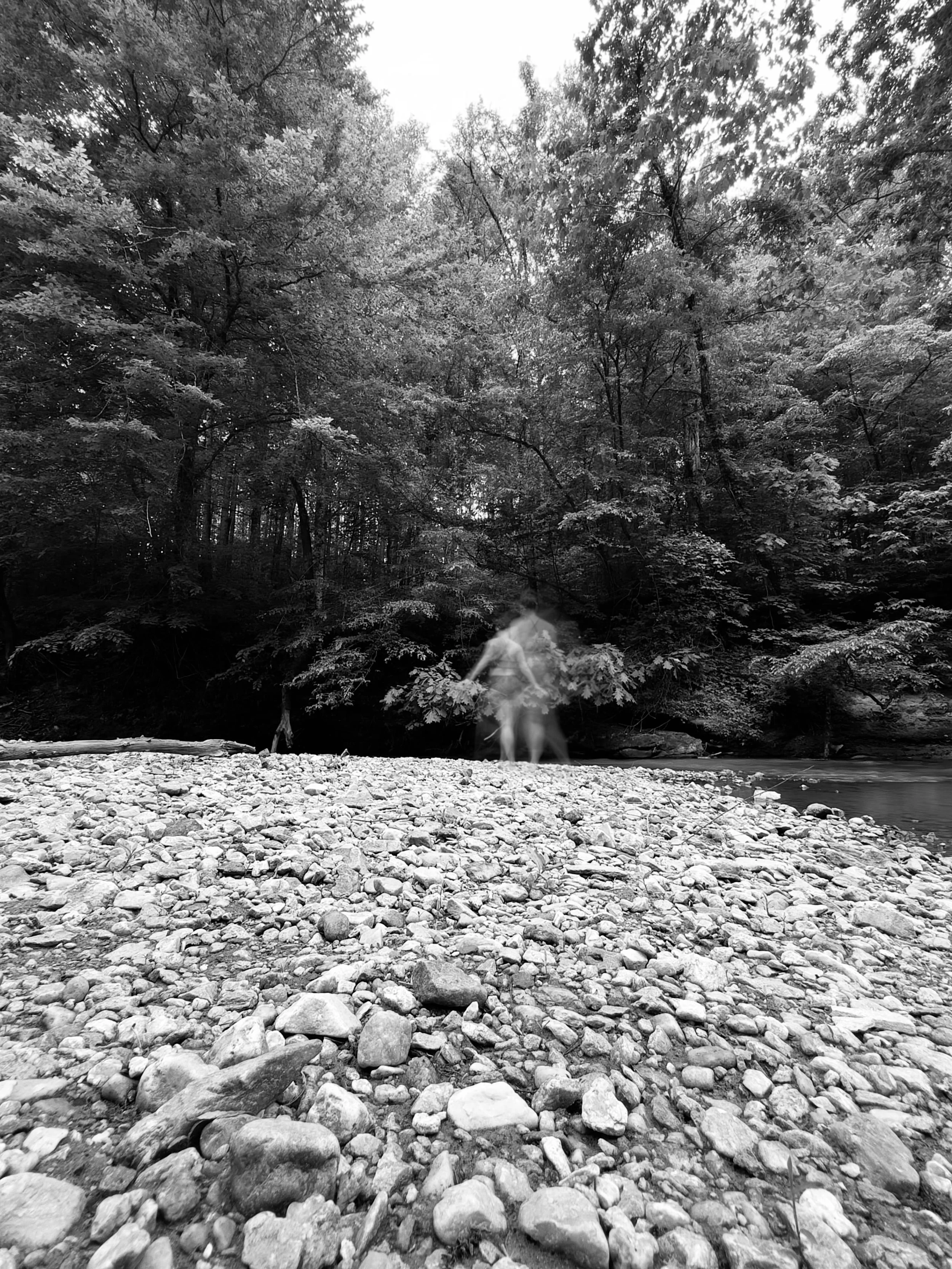

Credits: Written and Produced by Tiffany Thompson. All vocals by Tiffany Thompson. Piano and organ by Michael Anderson. All guitars by Eric Montgomery. Drums by Chaisaray Schenck. Arranged by Tiffany Thompson and Michael Anderson. Engineered and mixed by Ethan Gingerich. Mastered by Terry Watson.
Naked we came here
Naked we will return
The currents of the river
Call us to surrender
Broken hearts are always the first to enter
Like children from the womb
Dead men from the tomb
We’re bodies of water
Wandering back to the source
Cold river callings
Give us no recourse
When I was a kid
I knew how to play
I was a natural dreamer
A daily make-believer
Let the child speak
Let the children save
Us from calcified positions
Cautious imaginations
Chorus
The sting, the burn
Takes my breath away
But the deeper that it goes
The more power fills my veins
Chorus

Part One: Writing
True confession: “Bodies of Water” is about bodies of water.
Yes, there are complex lyrics, delightful metaphors, and soaring melodies. But the whole thing started with an obsession with the healing, illuminating power of cold water.
I was at a low point in early 2023, living on a farm in Tobaccoville, North Carolina. Uprooted and underemployed, I was sharing with a girlfriend about my roller coaster emotions and flailing imagination. I felt disconnected from my own heart, from what I wanted, from how to think about things. I was foggy, desperate for clarity. She asked if I’d ever tried cold therapy.
I’ve never been an athlete, had never done an ice bath, and never heard of Win Hof. The idea of a cold shower was utterly distasteful verging on torture. But I told her I would give it a shot. She told me to pick a power song and play it while I took the plunge.
The next morning, that farm’s ice-cold water filled up the huge tub. As I slipped in, I blasted Beyoncé's “Break My Soul.” A wave of endorphins and a sense of agency flooded my bloodstream. I could feel the sting, the burn, and felt in my soul: “I’m not just alive, I’m a fucking queen.” I was hooked.
For the past two years, whenever I see a beautiful body of water, I want to be in it. I want to be connected with its temperature, its pebbles, its waves, its reality check. I want to feel it teach me about how this life we’re living is flowing, beautiful, temporary. And yet somehow eternal and everlasting.


During this season of cold therapy, I was also experimenting with a new songwriting practice that I learned from Jeff Tweedy’s book How to Write One Song. When he got sober, Jeff was terrified he wouldn’t access his subconsciousness. Drugs had been his tool, and he needed another pathway. So, he developed a practice of starting work on a new song at 8:00 pm. He would get all his creative juices rolling and go about half-way with a song, then go to sleep. He would wake up a few hours later and finish the song reflecting, “I love how much freer my associations become when I combine my semi-sleep state with rhythms and melodies that have been danced into my dreams all night long.”
Jeff isn’t alone in his experiment with sleep and creativity. For centuries, artists and inventors have lingered in that tender space between waking and dreaming—what scientists now call the hypnagogic state. Salvador Dalí held a spoon over a tin plate, Thomas Edison clutched steel balls in hand, and even Einstein is said to have let himself drift just long enough to catch a glimpse of insight before it vanished. They each trusted that just before sleep, the mind loosens its grip, and something freer, stranger, and more brilliant can slip through.
I figured if it’s good enough for these guys, it’s good enough for me to try. So I did, and it was with the sweet concoction of sleep, dream, poetry, and music that “Bodies of Water” emerged from my subconscious, pretty much fully formed.
Resource Library
Using Deliberate Cold Exposure for Health and Performance | Huberman Lab Podcast #66
Lindsay Longacre (the friend in my essay) talking about cold work
That moment when you’re nodding off is a sweet spot for creativity
How to Write One Song by Jeff Tweedy


Part Two: Revision
As I kept performing “Bodies of Water,” I could feel the second verse falling flat. I began listening more intently—waiting for a new lyric or image that would give the song greater depth. One evening, I was playing a show at East of Texas, a restaurant in Winston-Salem, and the outdoor patio was full of children darting around. My music doesn’t typically connect with kids, but Michael Anderson was with me, weaving in playful interludes from video games and children's films between songs. The kids loved it. When we started playing “Bodies of Water,” suddenly they all began to dance. And in that moment, the missing lyric came:
Let the child speak
Let the children save us
From calcified positions
Cautious imaginations
I don’t have children of my own, and I love learning from my nieces and nephews. One time, my niece, Bella, and I were getting into an elevator, and I could see on her face that she didn’t quite understand what this strange machine was, what it did, or how to trust it. She looked up at me and said, “Don’t be scared of the elevator.”
At some intuitive level, she already knew: when you name the fear, it loses its power. She wasn’t in danger—but the unknown scared her. Don’t be afraid. She said it for me. And in saying it, she taught herself, too.
I want to be the kind of person who learns from children.
Become part of the community: leave your thoughts, questions, songs, or use one of the prompts above to get you started!


